I have a bitter belief that I’ve held in my heart for years: every review of Bluetooth headphones I’ve read is a total lie.
I say this because, from my own experience, no one in their right mind would actually want to navigate the archaic and awkward settings menus and pairing rituals which Bluetooth typically requires in order to connect to any music devices you might own.
I’m thankful to say that this has changed with the new W1 chip from Apple. The W1 chip has made a stir through the company’s own AirPods, but first came via the Beats Solo3 Wireless on-Ear headphones.

The Beats Solo3 headphones and the embedded W1 chip allow for a much more seamless process for listening to music on the go.
Here was the typical situation pre-W1 chip: You awkwardly turn on your pair of headphones by holding down some button and waiting for a light to appear or a tinny voice to speak through the speaker (which is most likely not yet on your ears). You open your phone, navigate through its settings, find the screen for Bluetooth, wait for the device to load any devices in the area, select your headphones (often given some very strange name that isn’t immediately recognizable), and tap it to connect. At this point, you might get lucky and begin the pairing process.
Sometimes the headphones don’t turn on. Sometimes they don’t show up in your Bluetooth menu. Sometimes they refuse to pair. Sometimes they pair, but act as if they don’t. Or, they work perfectly, but are “forgotten” the next time you turn the headphones or device on.
This is not some isolated experience of mine. It’s shared by many I know, and is why I — as someone who seriously hates wires — have endured wired headphones for years as Bluetooth headphones have become more and more prevalent. The experience of untangling a headphone cord in my pocket is still ten times better than any wireless solution on the market.
It’s also why I’ve avoided the wireless offerings from Beats until the arrival of the Solo3. Here’s how you pair them: You push the small power button and watch a green LED light up on the bottom of the headphones. You look at your phone and a screen immediately appears asking if you would like to pair the device. You say yes. You are done forever.
It’s that simple. iCloud will sync this across devices, meaning your headphones will be automatically ready for use on your iPad or Mac as well. I don’t mean to use hyperbole, but as someone who’s felt so frustrated in the past, this pairing process feels like the future. It made me an instant believer and changed the way I felt about Bluetooth headphones as a whole.
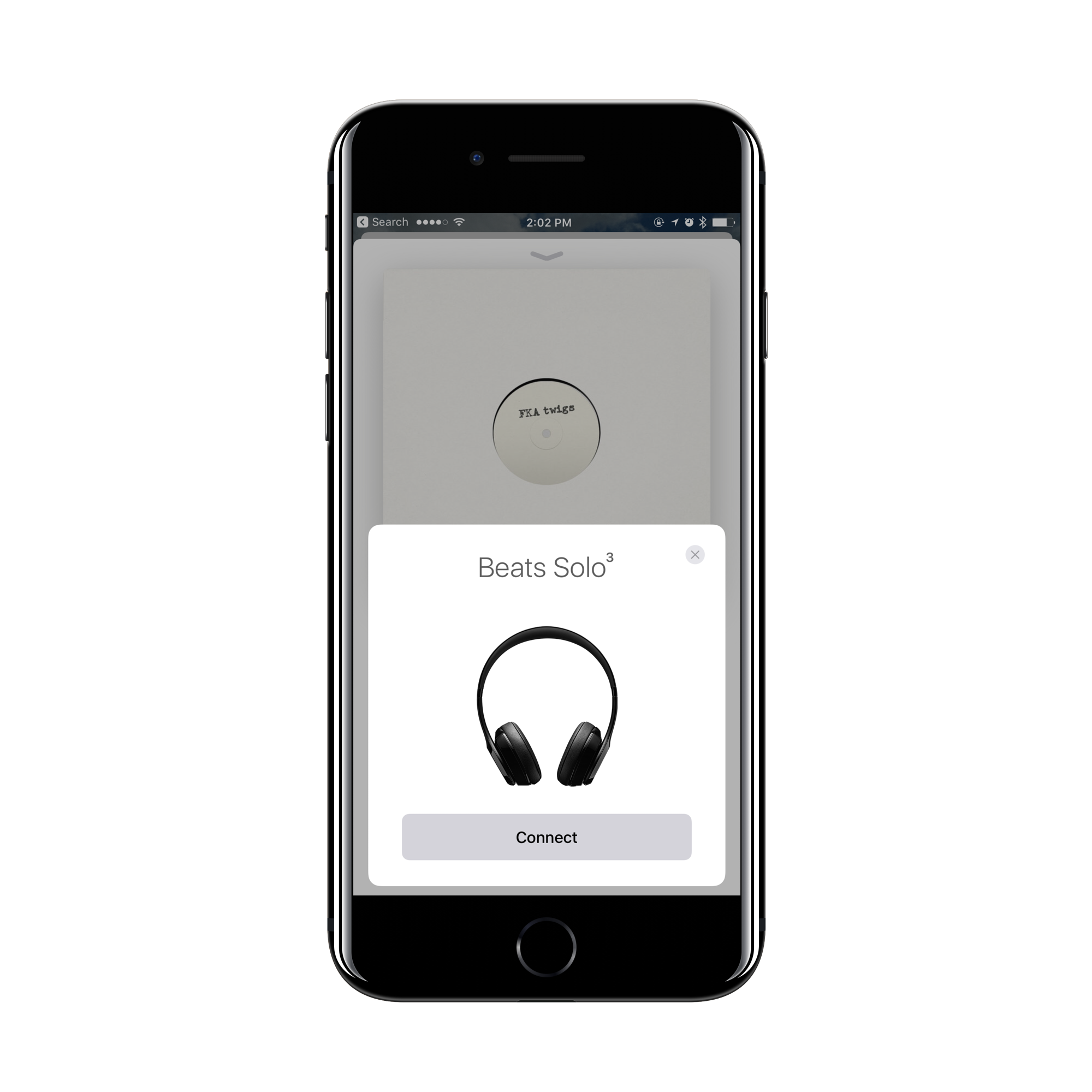
The pairing screen appears on your iOS device as soon as you first turn the headphones on, making pairing a breeze.
In many ways, the Solo3 represent the opposite end of the spectrum from Apple’s AirPods. In a time when headphones are getting smaller and smaller and earbuds are king, Beats is one of the only companies making a pair of on-ear headphones which not only look good but have remained extremely popular. Though much of this can be chalked up to brand recognition, to dismiss the Solo3 headphones would be a mistake.
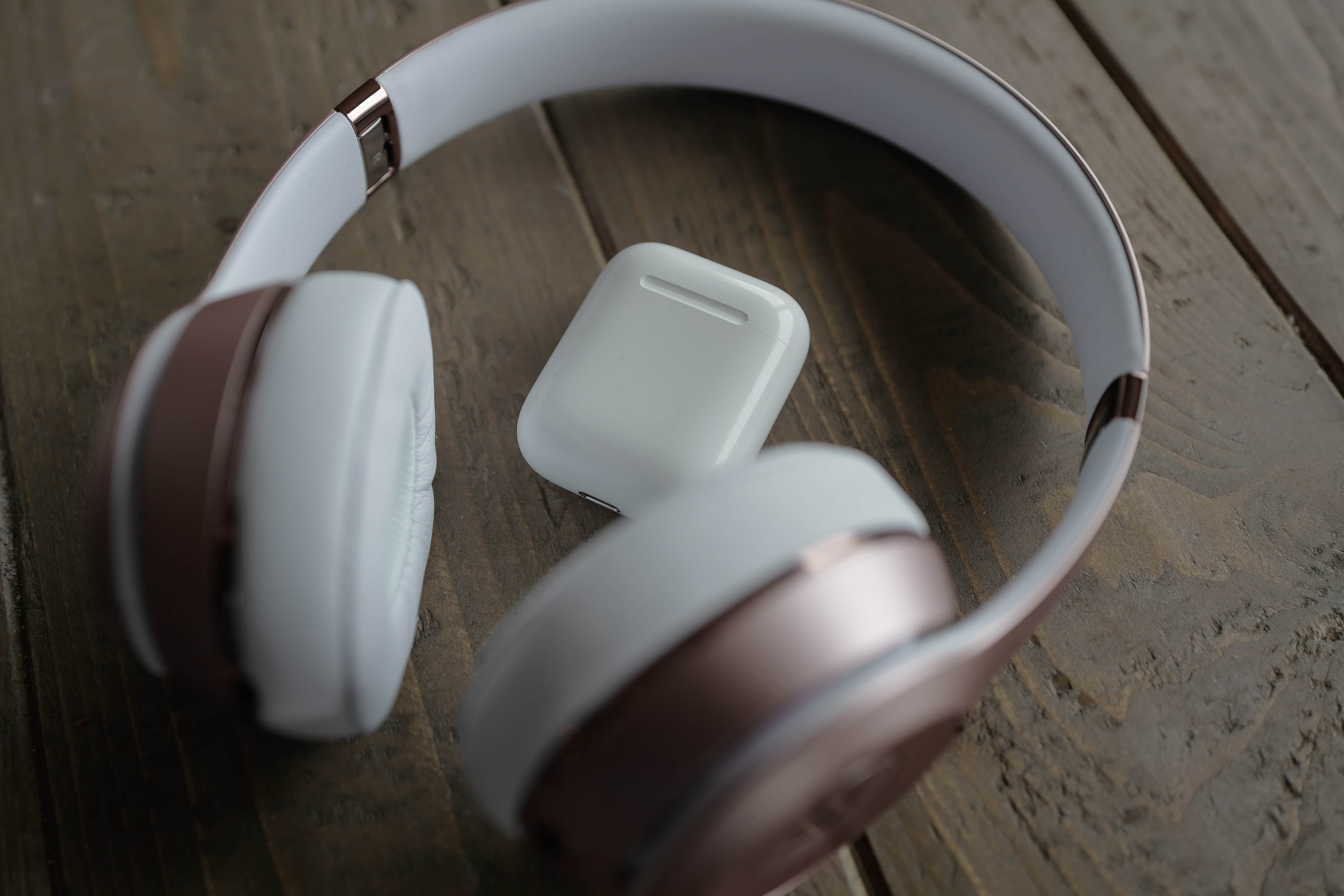
Though the Solo3 headphones are dimunutive in size, they are still much larger — and totally different — than Apple’s AirPods.
Unboxing the Solo3 headphones reveals the level of polish which Beats has achieved. The box itself is in Beats’ now iconic black and red design, with only the words “Change the way you hear sound” between you and the headphones. Opening the box reveals a small black bag — much smaller than you might have initially expected. Unzip this and inside are the headphones, curled up into an extremely compact package. If you find yourself favoring over-ear headphones instead of earbuds but have given them up due to size constraints, these might be worth a look. They can easily slip into small bags and the folding mechanism feels more than strong enough to withstand heavy use.
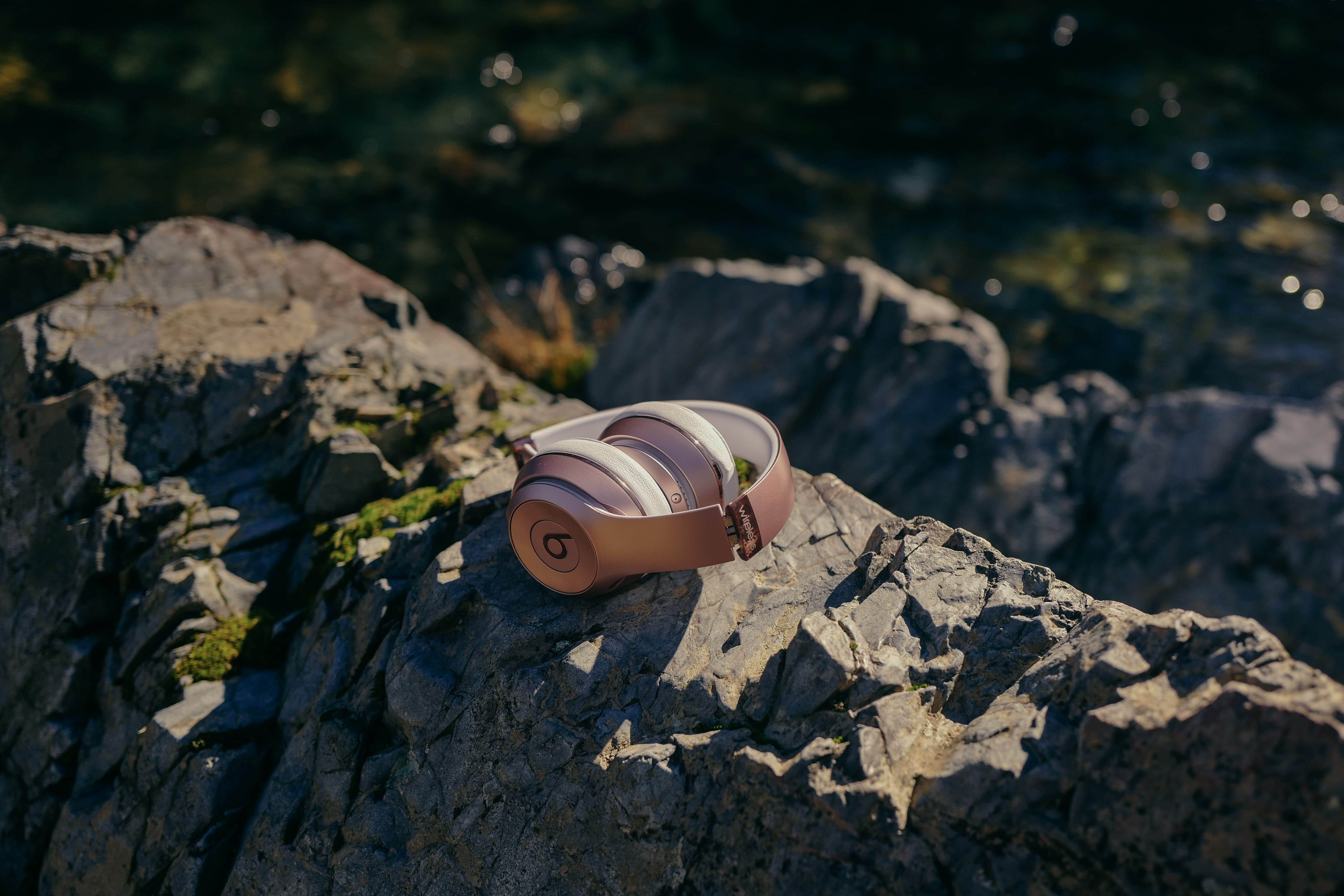
The Solo3’s folding mechanism makes them easy to pack up and stuff in your bag, and just as easy to pull out for listening.
It is important to make the distinction between over-ear and on-ear headphones, though, with these firmly in the latter camp. These headphones are much smaller than the bulkier models which fit over the entirety of your ear, enveloping it completely. These rest on top of your ear, which some might find uncomfortable after long-term use. The Solo3s are extremely lightweight in an attempt to counteract discomfort, and I found that they rested on my head in a way that created little tension. Those who have always found headphones finicky, though, might not enjoy the sensation of the headphones constantly pressing down, regardless of weight.
The on-ear format of these headphones also makes them imperfect for any high-movement activities such as jogging, where they’re apt to fall off over time. In a case like this, Apple’s own AirPods might prove the better solution. For the typical music listening experience to get you through a workday, the fit is perfect.
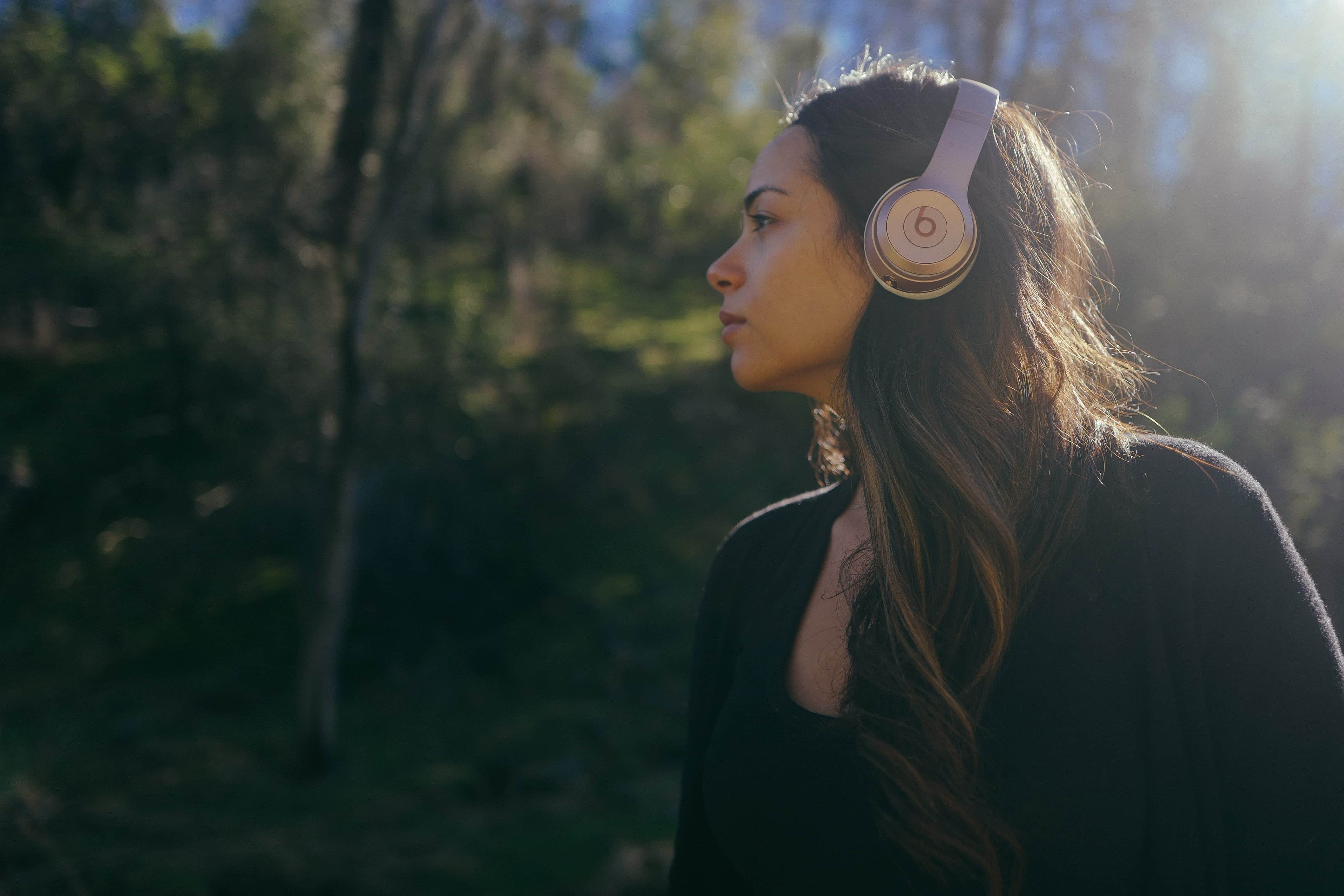
The Solo3 headphones are on-ear and rest on top of your ears in specific ways which people might enjoy or dislike depending on their own tastes.
If you’ve used a pair of Beats headphones before, you know what to expect in terms of sound quality. To make a long story short, expect a lot of bass. Of course, a low-frequency heavy sound is preferred by both many music consumers and producers alike. Beats are a product of their own time and made for a modern music lover’s ear. For the audiophile, the sound of Beats might be rather unpleasant, but I doubt that anyone who finds themselves purchasing, say, a DAC-amplifier would have made it this far into the review or considered a pair of Beats in the first place. To each their own.
Again, anyone who finds themselves worrying about sound quality degradation might also be turned off by Bluetooth as a method of connectivity in the first place. Yet again, in my own experience, I noticed no loss of quality due to the wireless nature of these headphones. These are, without a doubt, the best Bluetooth experience I have ever tried or come across.
Another major worry about wireless headphones can be battery life, and for good reason. How useful can a pair of headphones possibly be if you pull them out of your bag only to find them dead? Thankfully, the Solo3 headphones have a whopping 40 hour battery life, and in my own testing I can confirm that these things feel as if they’d be good for days. After a week of traveling and intermittent use, I went a few days without using them, pulled the headphones out of a bag, and found them still almost fully charged.
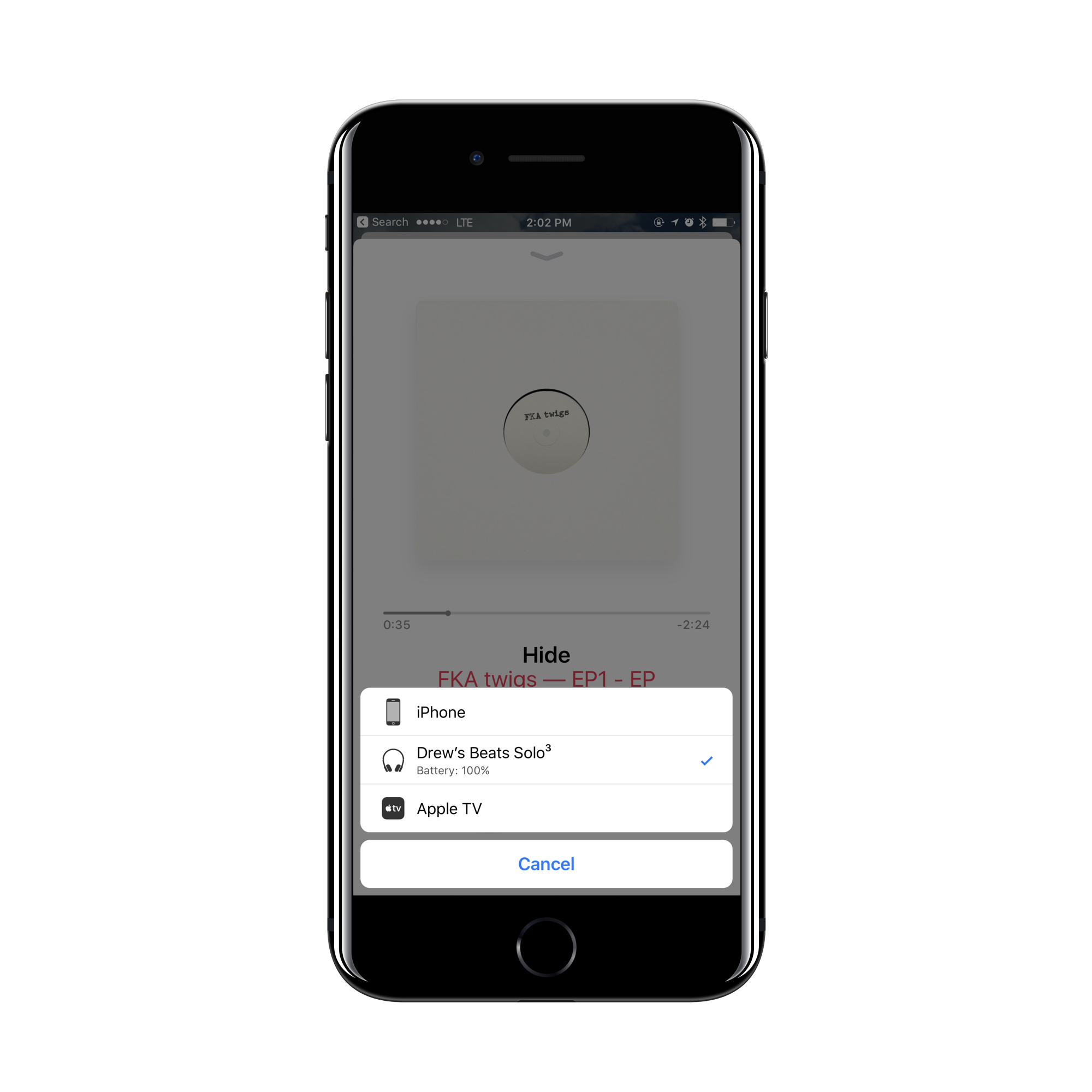
The battery screen for the headphones, showing a remarkably long-lasting life between charges.
The only device which feels like a useful equivalent in my own experience is the latest Kindle, which felt like it only needed to be plugged in once every couple of weeks in order to be used on a daily basis. This will, of course, vary depending on how often you might listen to music — but I wager most people will find the battery life more than acceptable and very rarely find themselves with a pair of dead headphones.
The situation is made even better with what Apple and Beats call ‘Fast Fuel’ technology, which means charging the headphones for five minutes will get you three hours of listening. Again, to make a comparison, this feels like my own experience with the Apple Pencil. The Pencil is essentially always “dead” in my bag, but can be pulled out in a moment’s notice, charged for thirty seconds, and ready to go. It’s new additions like the unprecedented battery life and the Fast Fuel feature which make worrying about batteries a thing of the past.
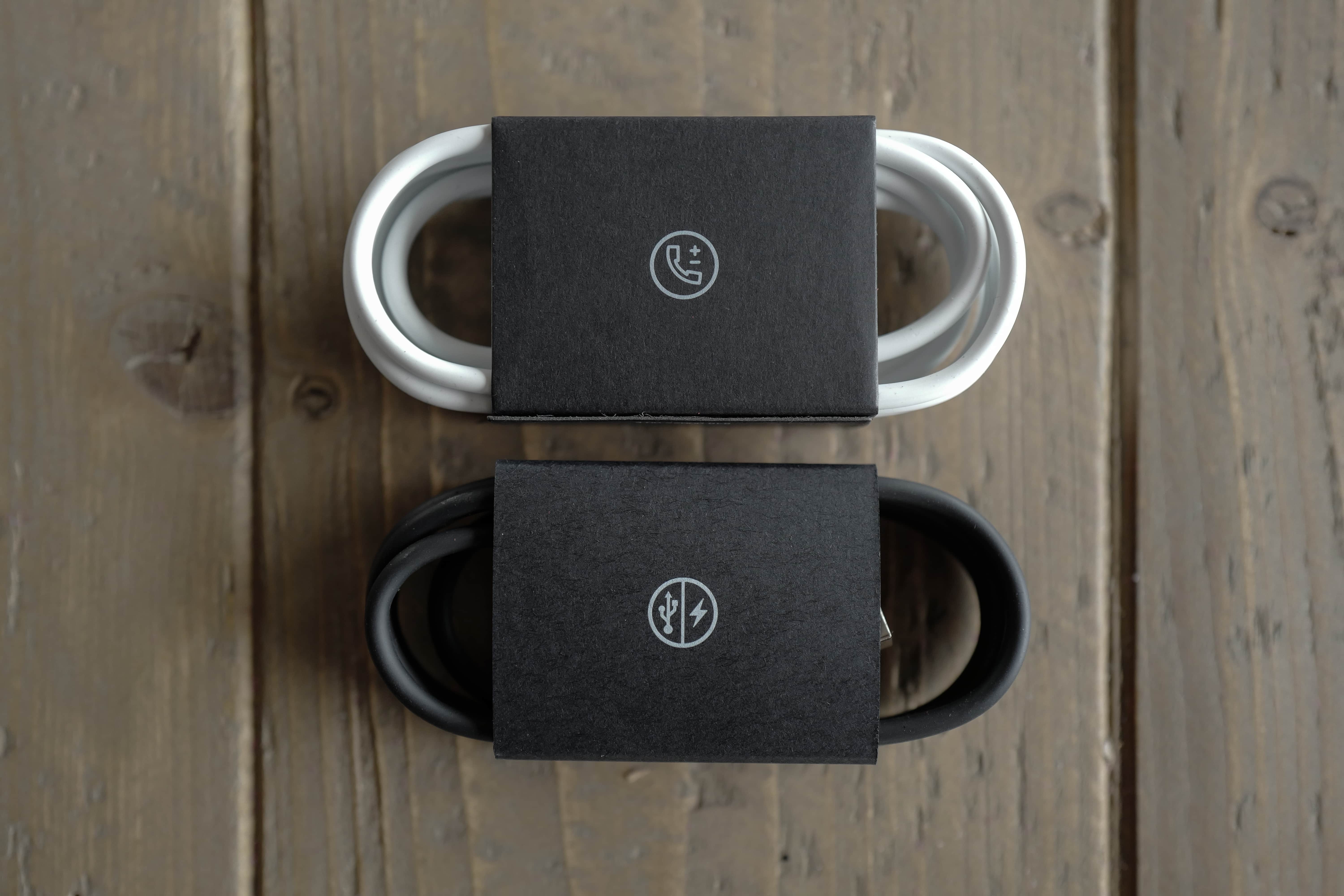
Each pair of Solo3 headphones comes with not only a standard micro-USB charging cable, but also a microphone-equipped auxiliary cord for making calls and talking handsfree.
One small problem with the quick charging feature, for me, is the fact that this still uses micro-USB instead of Lightning. Whereas other new Beats headphones have made the switch, the fact these lack Lightning functionality might mean that some users will find themselves keeping one more cable handy than before. Some might find the flexibility of this charging solution better (especially those with Android devices), but it’s fairly clear with the push for W1 that these headphones are made to be primarily used on Apple products. I wish that this was reflected in the choice of cable.
Last, of course, is price. The Beats Solo3 can be yours for $220, which is $60 more than Apple’s AirPods. There are a few ways to look at this. One, it could be said the AirPods provide better bang for your buck, considering the common W1 experience between the AirPods and the Solo3. But for that extra $60, you gain far greater battery life, the classic Beats sound, and for some people, better comfort. The Solo3 aren’t the least expensive W1 option on the market, but I don’t believe they are overpriced either.
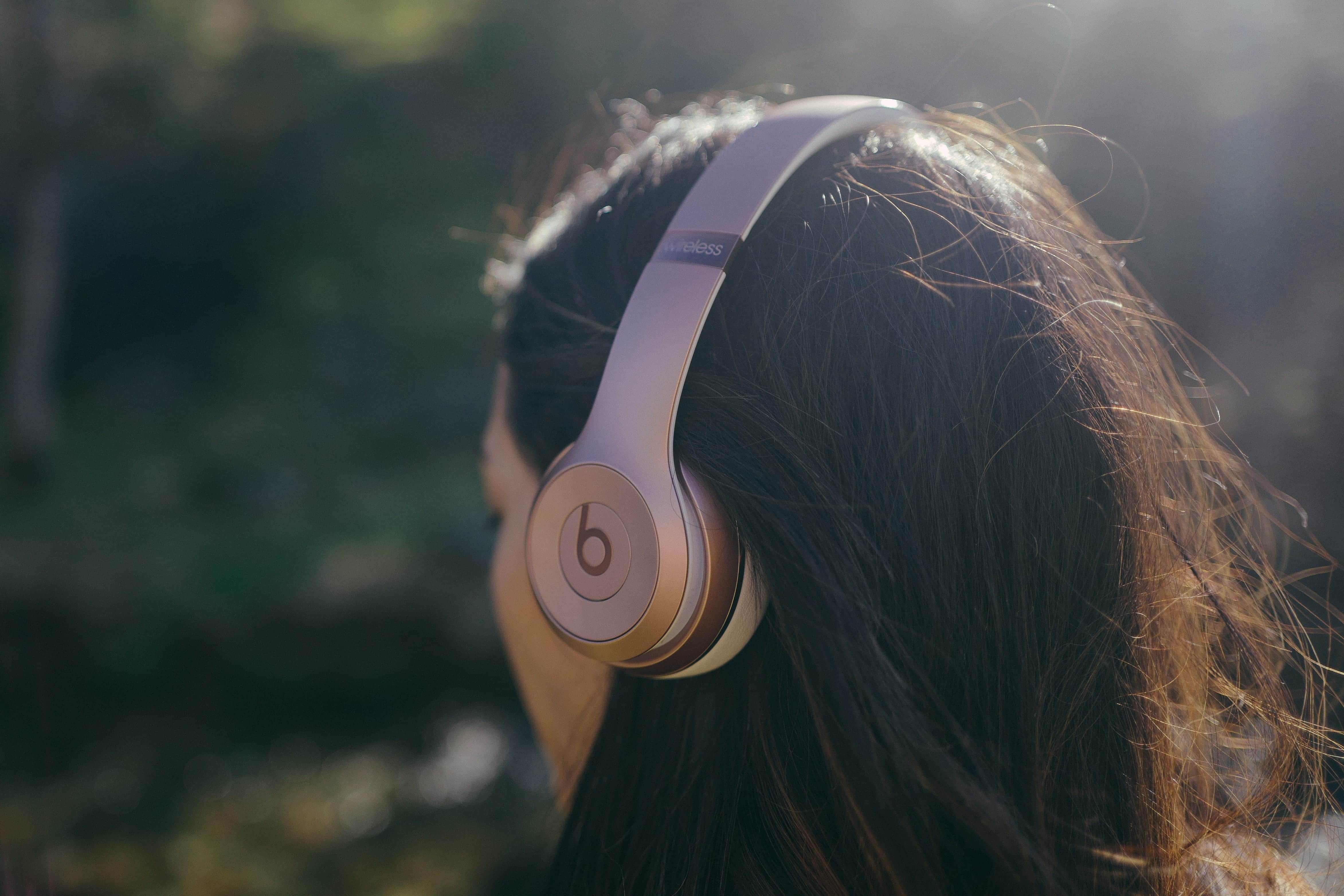
If you’re looking for a new pair of headphones which pair quality and ease-of-use, the Solo3 just might be the right fit for you.
With the iPhone 7, the world is now more wireless than ever — and most people will need a pair of headphones that “just work”. The Beats Solo3s will be those headphones for many people, and are a great purchase.